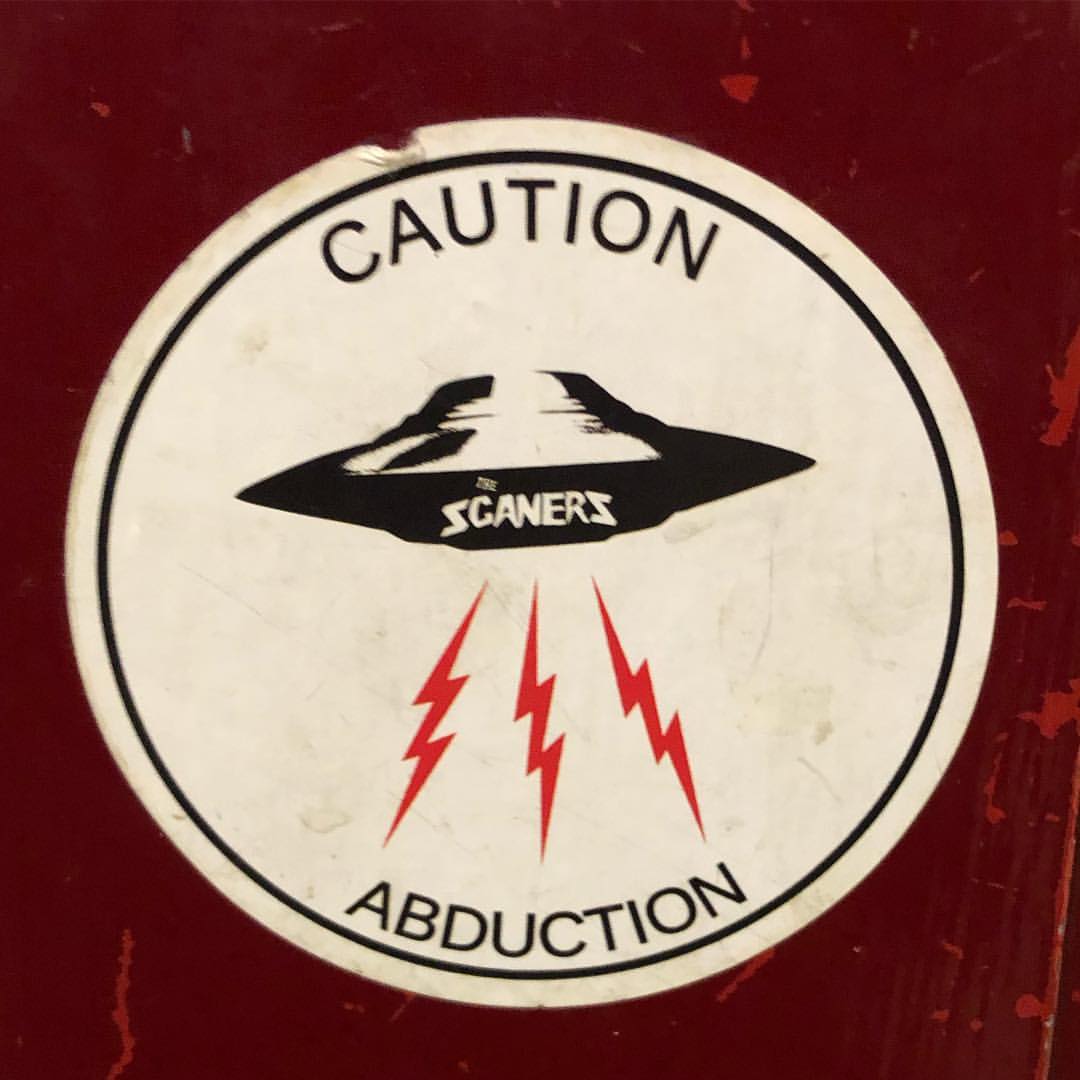
Cold and rainy. The weekend is forecast to be just cold, with the wind and rain dropping off, so I can pull on my winter gear and spend it working in the garden. I have a couple of big jobs left to do, and several small ones.
OPERATIONS: wrestling this tv thing document to the end of what I’m calling Bad Draft 2. Finishing newsletter.
COMMS: Inbox 79. Everything is switched on today, because it’s all going to be switched off over the weekend.
LAST WATCHED: BOTTOM EXPOSED, a documentary about the making and afterlife of the tv show BOTTOM, which nearly had me in tears at the end.
THINKING ABOUT: what’s next.
SHIPPING FORECAST: I have some discoveries that I logged in the scheduler for today so they didn’t all pile up at once, but nothing useful will be posted over the weekend unless you like pictures of dirt, weeds and woodchips.




